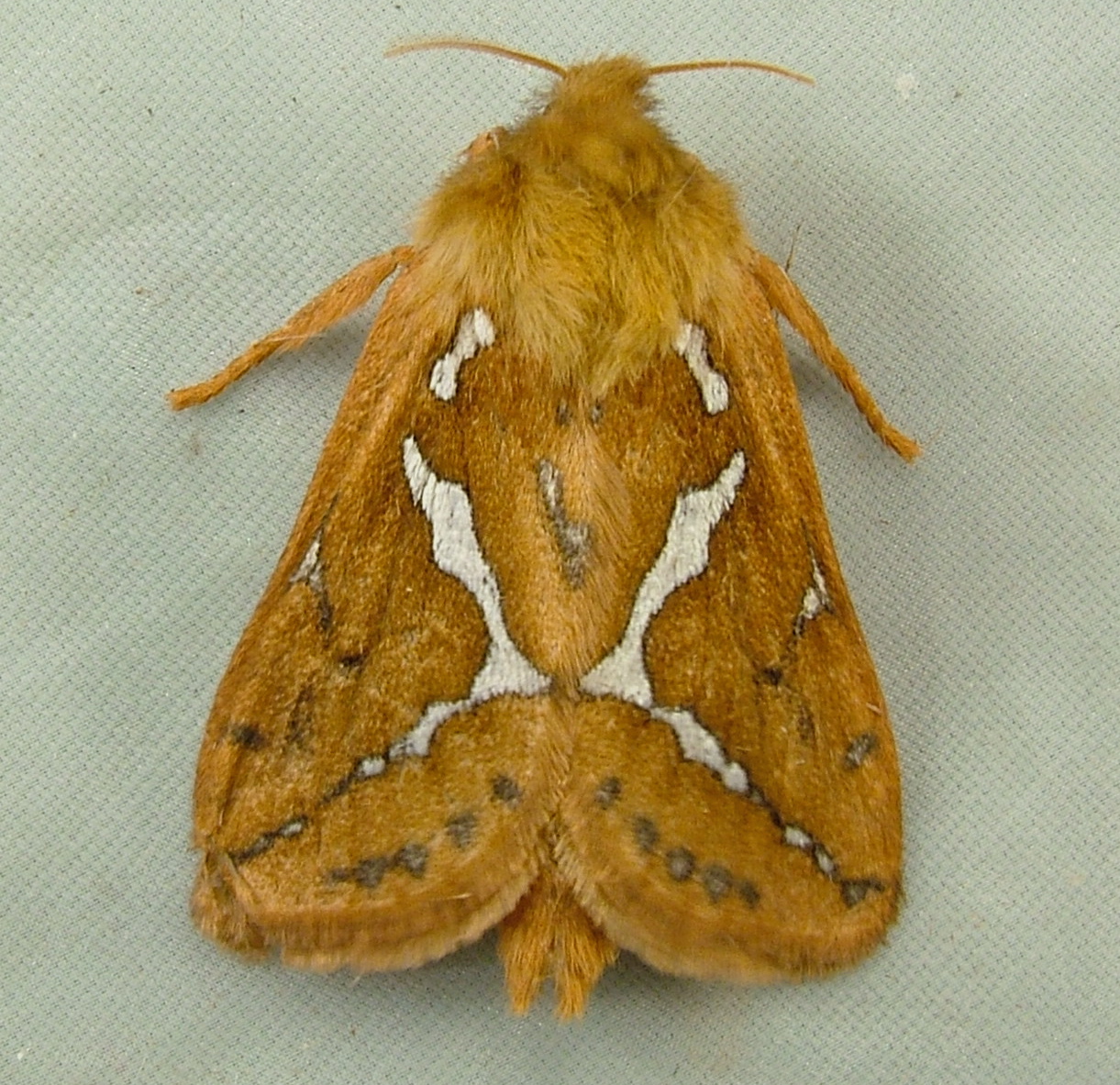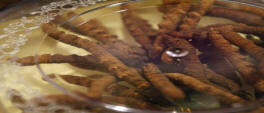FOOOD- Yum Yum!
Again, since Caterpillar Fungus belongs to the Ascomycota phylum, specifically in the genus Hypocreale, it is a heterotroph, unlike Salix alba, which is an autotroph. Heterotrophs obtain nutrients from dead or living organisms. The endoparasitic fungus mostly infects insects and other athropods.
There are many organisms that have parasitic relationships with other specific organisms. For example, the Lucilia sericata has a parasitic relationships with birds. However, Caterpillar fungus particularly has a parasitic relationship with the caterpillar species. The spores from the fungus fill the body of the ghost moth larva, creating hyphae inside of the body cavity.

The hyphae make up the mycelium that spread and eventually replace the tissue inside of the host. The fungus continues to grow inside of the host during the winter months, but when the snow melts in the spring, the fungus actually protrudes from the top of the head of the dead caterpillar and emerges from the ground. The fungus eventually releases more spores into the air to infect more hosts and continue the life cycle. Some believe that it may be an actual symbiont to the larva since it may actually provide a brief energy boost for the larva.
Just keep swimming- find out about their ways of
reproduction!
![]() History page!
History page!
